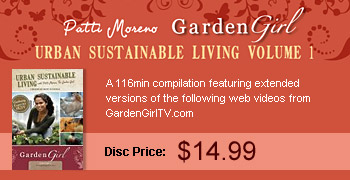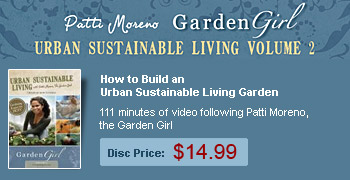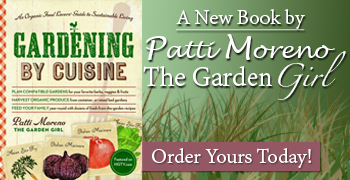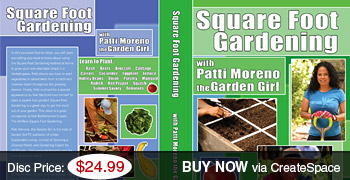How to Start Vegetable Seeds
What’s the big deal with planting seeds? Seems simple enough…Just put your seeds in the dirt, water and hope. Or, you can do it the right way and have exactly what you want: germinating seeds, glorious plants and perfectly grown organic vegetables.
Here’s how.
The steps:
- Handful of soil
- Water first before the seeds
- Spread water evenly and just enough to moisten soil
- Put a hole in the middle of each cell for the seeds
- Plant about two seeds in each cell
- Water again without drowning
- Place the kit out of direct sunlight and make sure you keep the same variety of seeds in one seed kit.
Suggestion:
Keep the varieties of seeds similar in one kit. Try at least to plant seeds that grow at the approximately same speed together. You can take these same steps if you are planting in CowPots (In case you’re wondering Cow Pots are just like they sound, they are made with 100% renewable composted cow manure. CowPots are manure-fiber based seed starter pots, which allow for unrestricted root growth creating stronger, healthier plants. You can also try working with biodegradable pots made of rice hulls.
Step-by-Step
Today I’m working with my friend Mark Highland from Organic Mechanic, the originator of the excellent compost soil that is responsible for my success in the garden.
Mark explains that peat-based soil, which is the generic soil that you find most of the time, actually has no nutrients in it. His soil is compost-based so it is packed with nutrients and holds moisture a little longer than most.
We start with my Echinacea seeds, which I just love – they are such a healthy herb and they look so beautiful in the garden.
For the best results we are going to show you three different types of containers that you can start your seedlings with.
Starting with my Echinacea seeds, we are working with a seedling kit which resembles a tiny muffin pan, it’s just made of plastic and it comes with a seedling dome.
As you will see we took several handfuls of soil and spread them evenly in each of the cells.
Once we have done that we water the soil first, being careful not to drown the soil but just to get it moist and ready to receive the seeds. Once we have the first round of water in we check to see if the water is draining into the pan below, which means that the water will drain properly.
The next thing we learn is how to distribute the seeds for best results. Mark suggests that you take three seeds and line them up next to each other. The length of those tiny seeds in a row is about how deeply you should plant your seeds. It’s not even a centimeter deep. Once you have measured this you can dig a hole into the center of each cell in the kit and I recommend you plant two seeds in each cell. You want to be careful with this step because you are aiming for at least 50% germination from the seeds that you are planting. After you have done this, the rest is easy. Every good gardener knows that every thing good starts with a seed.












